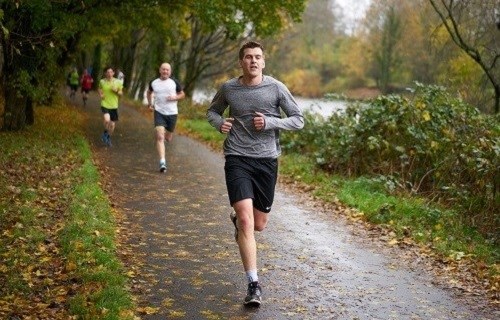Active Citizens Worldwide issues report on value of physical activity for global citizens
Active Citizens Worldwide (ACW), a global network developed by the three founding cities of Auckland, London, and Singapore, has published its first annual report mapping factors that influence the activity level in the cities and the benefits for society having a more active population.
"There is much we can learn from the other Founding Cities, and it is also timely that we take stock of our progress thus far to see which areas need more attention,” said Lim Teck Yin, the Chief Executive Officer of Sport Singapore, at the launch in July.
ACW aims at creating a platform of knowledge giving policymakers better tools to maximise the physical activity level of their population and its outcome in terms of health, economy and society. The focus is not on the founding cities alone. The aim of sharing key data is also to help international policymakers in transforming the physical activity profiles of their cities.
The socio-economic factors
The outcomes show that the greatest discrepancies in the levels of physical activity are linked to socio-economic factors. In ACW cities, the highest gap is the one between people with a lower socio-economic status and the ones with a higher socio-economic status. Indeed, the difference in the physical activity rate for the two groups is 30%.
The variation in activity levels related to gender are less significant than any other demographic factor, for instance, in Auckland, the gap between men and women is almost inexistent. While age appears to be the strongest socio-demographic factor for physical activity in London and Singapore.
As expected, older people tend to be generally less active than the youth. In London there a drastic fall of physical activity rate for people over 65 years old. Instead, in Singapore the less active portion of citizens is the age group from 45 to 54 years old.
These findings indicate that the propensity to physical activity is not necessarily linked to the age group per se, but mostly to the lifestyle habits of the specific age group taken into consideration, such as the role of schools for young people or the work decisions for adults.
A related result is presented in a recent research conducted by the English Sport and Recreation Alliance, in which the outcomes revealed that 30% of adults who took part in the survey claimed to have had a negative experience of sport and recreation at school and, for 40% of them, this has directly influenced their current habits.
Ethnicity plays also a role in determining how much individuals are physically active. In fact, according to ACW’s report, people sharing a common ethnicity are likely to share a common culture which shape their attitude towards sports and physical activity.
“The commonalities and the differences we see across Auckland, London and Singapore are instructive in enhancing our understanding of what currently works well for physical activity, as well as areas that may require new thinking, if we are to successfully support all Londoners to live physically active lives,” declared Tove Okunniwa, the Chief Executive of London Sport.
The true value of physical activity
In order to determine the value of physical activity to a city, the ACW’s report operates with 10 financial and non-financial indicators across the economic, health and social spheres. For the three Founding Cities, the combined annual value of participation in sport and physical activity is estimated to be around US$16.4bn.
“This data highlights the economic and societal value of sport and physical activity, reinforcing a narrative of ‘investing in’ rather than ‘spending on’ physical activity interventions,” concludes ACW.
“ACW is the bold, ambitious response to the challenges faced by today’s cities, providing policymakers across the world with better knowledge and insights to harness the true potential of sport and physical activity in their cities,” ACW concludes in the report.






